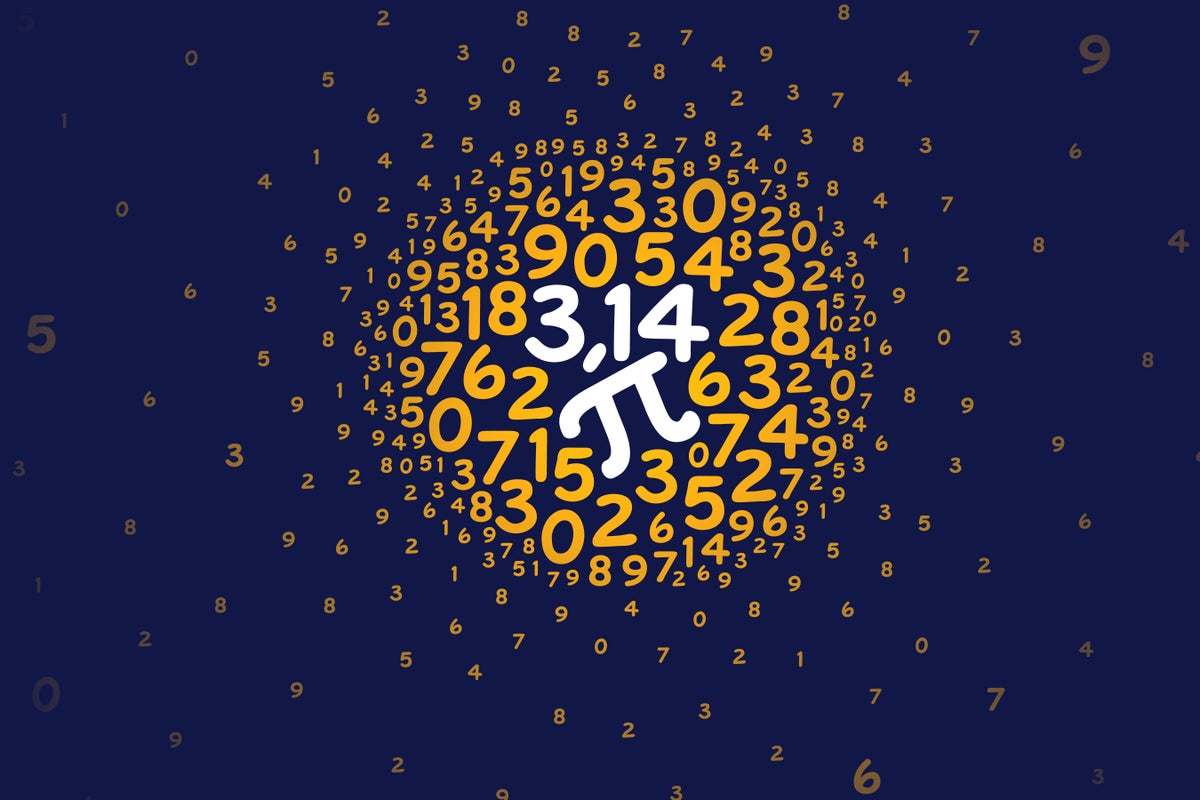- cross-posted to:
- [email protected]
- cross-posted to:
- [email protected]
In January 2024, physicists Arnab Priya Saha and Aninda Sinha at the Indian Institute of Science discovered a new formula for calculating pi while studying string theory interactions[1]. Their research, published in Physical Review Letters, presents a series representation that converges much faster than historical methods - requiring only 30 terms to reach 10 decimal places, compared to 5 billion terms needed for the 15th century Madhava series[1:1][2].
The formula emerged unexpectedly while the researchers were developing models to understand quantum particle scattering using string theory, which treats fundamental particles as tiny vibrating strings[1:2]. “Our efforts, initially, were never to find a way to look at pi,” said Sinha. “We were excited when we got a new way to look at pi.”[3]
The discovery has sparked debate in the mathematics community. While some highlight its theoretical significance, others like mathematician Peter Woit argue the findings have been over-hyped in media coverage[4]. The formula’s key innovation is a free parameter λ that allows for infinitely many representations of pi, with Madhava’s historical series emerging as a special case when λ approaches infinity[1:3].



No surprise it is found in the strings at the very core of reality.